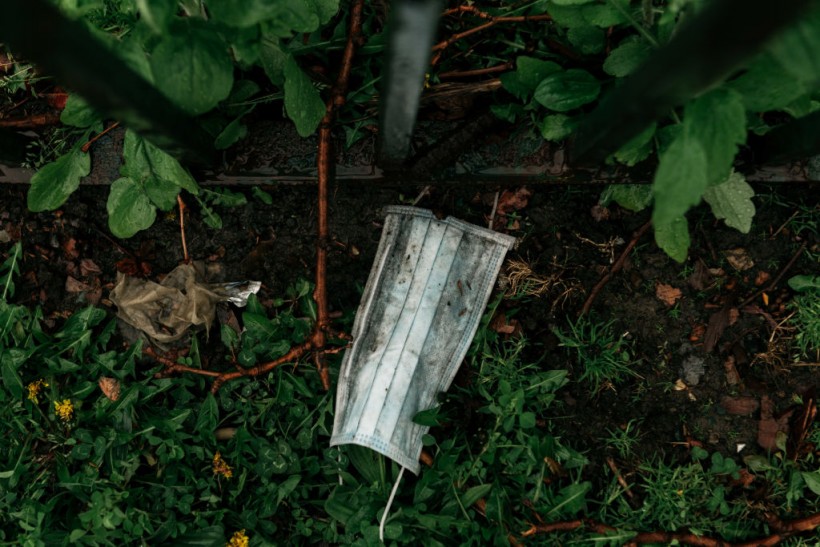According to authorities, a mysterious object that washed up on Australia's western coast and caused a flurry of local excitement and discussion about its origin is likely space trash.
The copper-colored cylinder attracted interested locals anxious to get a sight of the mysterious object after it washed ashore on a beach at Green Head, a seaside village 250 kilometers (155 miles) north of Perth, as reported by CNN.
Online rumors also started to circulate, with people submitting a variety of hypotheses regarding its possible origins.
The Western Australian Police Force confirmed similar remarks made by the nation's space agency, which was working on the same theory when it said in a statement on Tuesday that the object is thought to be "space debris".
Police originally cordoned off the device and warned nearby residents to stay away out of caution.
The Department of Fire and Emergency Service and the Chemistry Centre of Western Australia, however, judged the object to be safe and pose no current risk to the community, according to a new update from the police released on Tuesday.
While putting the finishing touches on their investigation, the police said they were talking with the appropriate agencies on how to safely remove and store the object.
Read also: Space Graveyard Known as Point Nemo Is Where Spacecraft Are Sent When Not Needed Anymore
The "Object"
The large, taller-than-a-person cylinder appears to be broken at one end and is encrusted in barnacles, indicating it spent a long time at sea before washing ashore.

(Photo: by Scott Heins/Getty Images) NEW YORK, NY - APRIL 13: A discarded face mask lays on the ground outside Kingsbrook Jewish Medical Center in Brooklyn, marking the space where New Yorkers had previously lined up to be admitted on April 13, 2020, in New York City.
Due to the object's uncertain origin, the space agency advised people not to handle or move it and to report any other suspected debris discoveries.
The item, according to police, does not appear to have come from a commercial airplane, and they have pledged to defend it until it is removed.
There are an estimated 27,000 pieces of space junk larger than 10 centimeters (4 inches) in orbit around the Earth. However, there are also millions of smaller pieces of debris that are too small to be tracked. These smaller pieces can still be dangerous, as they can travel at speeds of up to 17,500 miles per hour (28,163 kilometers per hour).
Space junk is a problem because it can collide with other objects in orbit. This can cause damage to satellites and other spacecraft, and it can even create more space junk.
In 2009, for example, a defunct Russian satellite collided with an active Iridium satellite, creating a cloud of debris that forced the operators of other satellites to take evasive action.
The increasing amount of space junk is a serious threat to the future of space exploration. It could make it difficult or even impossible to launch new satellites and spacecraft. It could also increase the risk of accidents and damage to existing satellites.
Related article: Chinese Space Technology: Robot Eats Space Junk, Converts It Into Fuel








